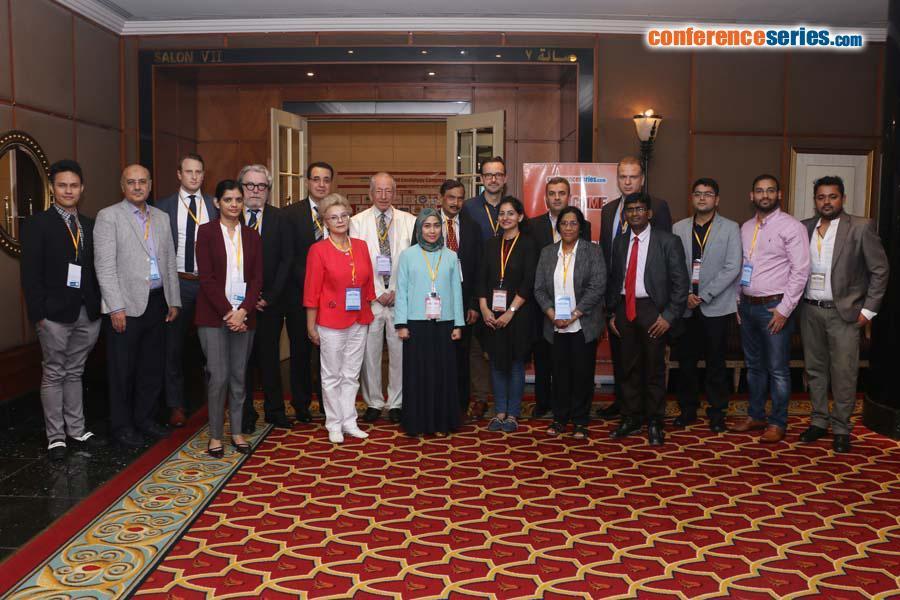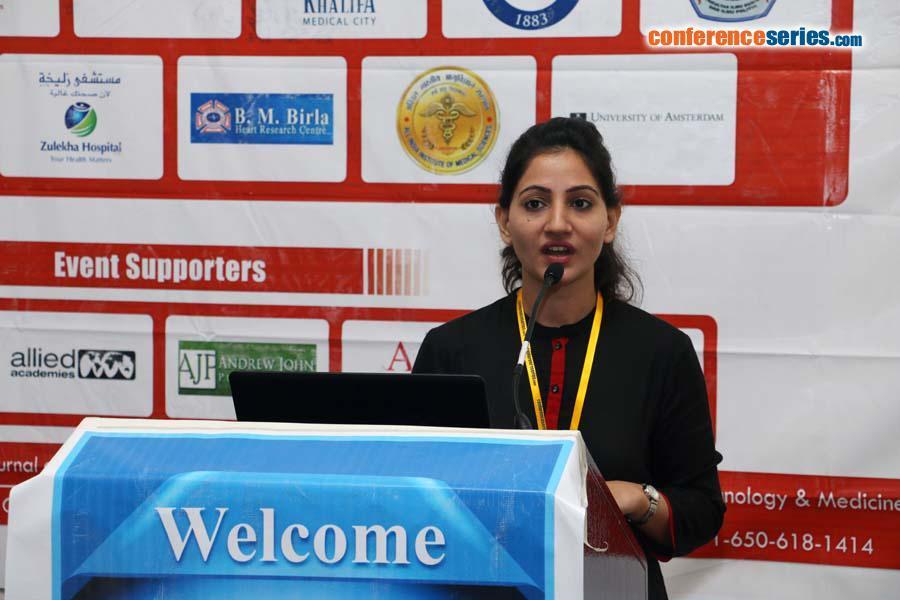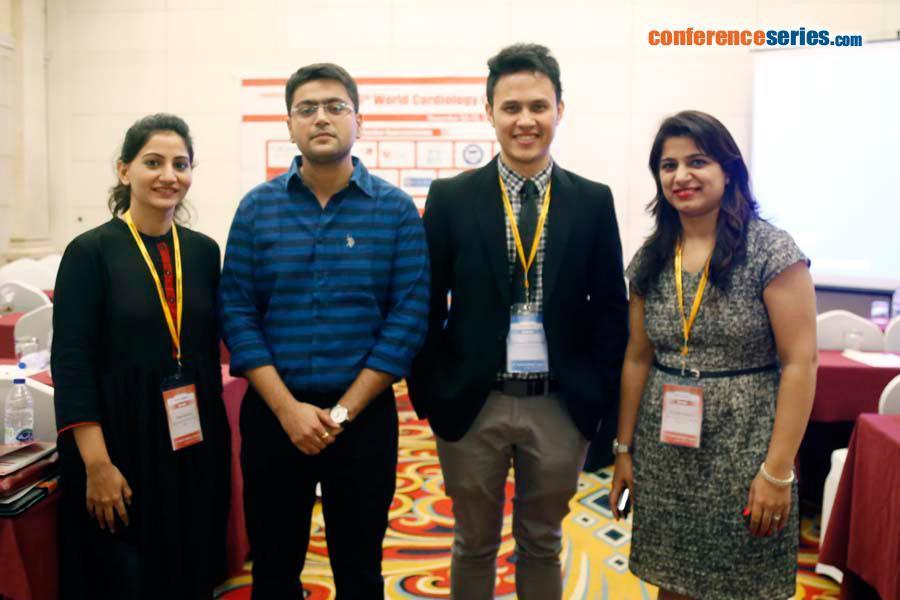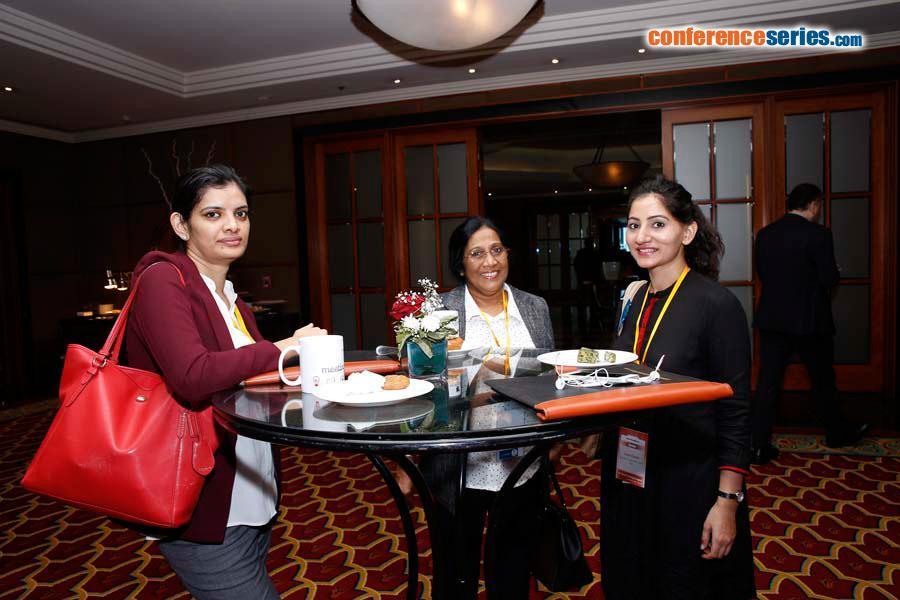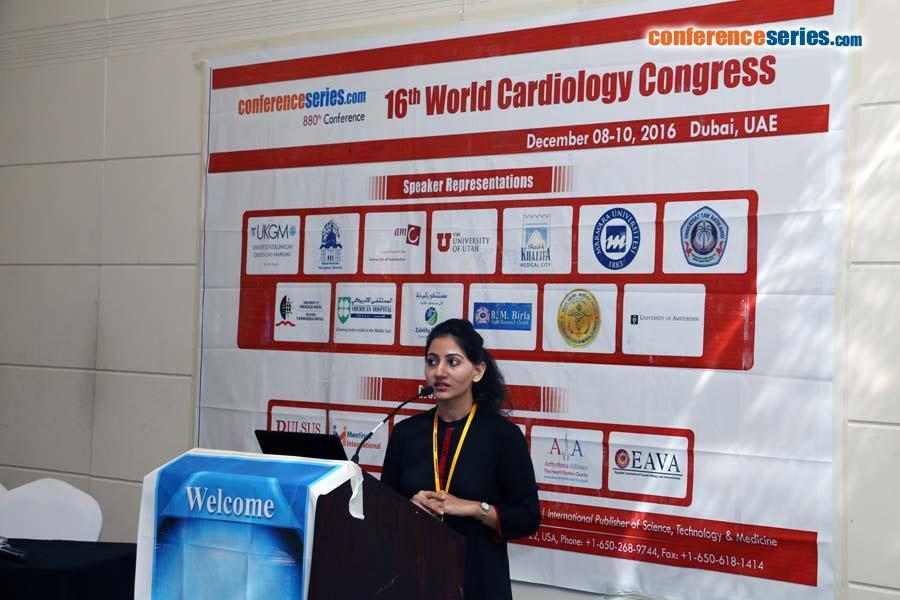
Swati Kundu
Jamia Millia Islamia, New Delhi, India
Title: Vasorelaxant response of carvacrol and its isomer on pe-induced contraction of unexposed and as(iii)-exposed rat aorta
Biography
Biography: Swati Kundu
Abstract
OBJECTIVE—Monoterpenic phenols have been reported for relaxant activity in smooth muscles. However, there are no reports concerning their relaxant activity on metal-exposed smooth muscle. The present study investigates effect of carvacrol and thymol on unexposed and As(III)-exposed isolated rat aortic rings and gives insight into their possible mechanism of action.
METHODS— Phenylephrine (PE)-induced isometric contractions of isolated aortic rings exposed to As(III), carvacrol and thymol in presence and absence of various inhibitors were measured in organ bath system (ADI, Australia).
RESULTS— Carvacrol and thymol cause significant relaxation of PE-contracted aortic rings. Co-incubation of aorticl rings with carvacrol/thymol and apocynin or verapamil indicates that relaxation caused by carvacrol and thymol is routed through quenching of reactive oxygen species (ROS) in addition to their previously reported effects on Ca2+ movements. Incubation with As(III) (25 µM) alone induced significant hypercontraction of rings. Co-incubation of rings with arsenic and carvacrol/thymol lead to complete containment of As(III) caused hypercontraction.
CONCLUSIONS-- Carvacrol and thymol induce relaxation of isolated rat aorta and ameliorate As(III)-induced hypercontraction primarily through ROS quenching.


